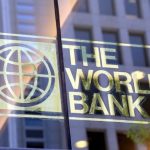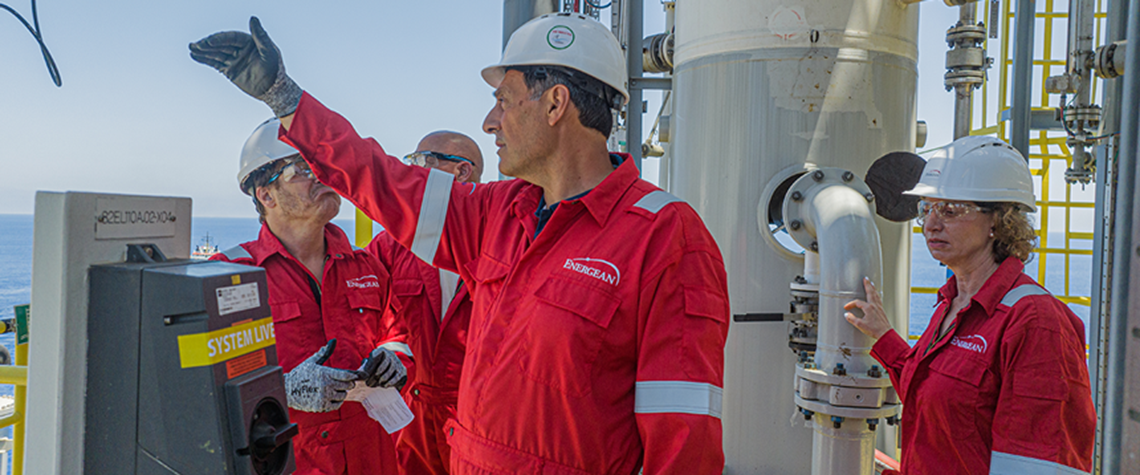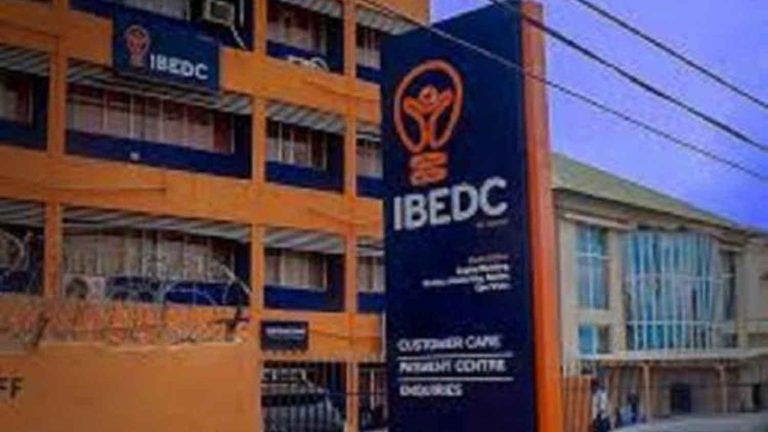Rahul Kitchlu is the Senior Energy Specialist at the World Bank. He is currently working on the energy portfolio in Ethiopia and co-author of the ‘Linking up: Public-Private Partnerships in Power Transmission in Africa’. In this interview with Energy Worth, he bares his mind on the recent World Bank report launched at the Africa Energy Forum in Copenhagen, Denmark. Excerpt:
What is the World Bank report all about?
The ‘Linking up: Public-Private Partnerships in Power Transmission in Africa’ report provides practical guidelines for government officials and industry practitioners in Africa on how to scale up private sector participation in the power transmission sector. The report examines practical business models in transmission in Latin America and Asia and suggests how they can be replicated in sub-Saharan Africa.
Most African countries’ transmission networks are monopolised and being controlled solely by the government considering its complexity. Do you think public private partnership intervention can bring any remarkable results in the sector?
This is where we see the strength of the proposed model for private sector participation, which we call Independent Power Transmission (IPT). Under this model, a private company can successfully participate in a long term contract to build, operate, maintain, and finance transmission lines. While there is always going to be the need for sector-wide regulatory reform, the IPT model can be implemented without waiting for complete regulatory reform to be undertaken.
What are your projections regarding high tax, government regulatory hitches, environmental issues, profitability and sustainability of this project?
These are very country and project-specific factors. The report offers recommendations on how to encourage the development of IPTs and reduce associated risks. It may be the right legal and regulatory framework, new models for concessional lending, competitive tender processes, adequate revenue flow and credit enhancement for projects, or tailored IPT projects to attract international investors, to name a few.
Trans-border electricity transmission networks between countries will be of great help to the energy sector in Africa. Do you think it is viable and can be sustained financially?
Interconnections will be important to develop some of the vast generation potential in Africa and benefit from the efficiencies gained through scale. Given the low level of demand in most countries, a number of these large projects are only viable if countries can be interconnected and thus increase demand. This helps reduce the cost of energy for both industries and households.
Is your projection regarding international communities and national governments’ aspirations to reach every consumer with reliable, affordable and sustainable energy solution by 2030 feasible?
Reaching every consumer with reliable, affordable and sustainable energy solutions by 2030 is feasible and along with our partners we are working very hard to reach this goal. Promoting investment across the energy value chain is very important and looking for innovative business models such as the IPT will help us reach these goals. Estimates of annual investments required for transmission network expansion range between US$ 3.2 billion and US$4.3 billion from 2015 to 2040. These investments are critical to delivering cost-effective power to households and industries. They are also critical to develop Africa’s vast power generation potential.
Why has it been difficult for African nations to be self-sufficient in electricity over the years?
In most African countries, government-owned utilities finance all transmission investments. The reality is that the region’s utilities, along with aging infrastructure, often do not have the financial capacity to keep up with demand. In fact, a World Bank study shows that as of 2015, only two out of 39 utilities in Africa collected enough revenue to recover their operational and capital costs. A greater role of private finance alongside public sector could ease financing constraints and overcome the energy deficit.
Reaching every consumer with affordable energy by 2030 feasible -Rahul Kitchlu, World Bank Energy Specialist











Hey, you used to write fantastic, but the last few posts have been kinda boring… I miss your super writings. Past few posts are just a little out of track! come on!